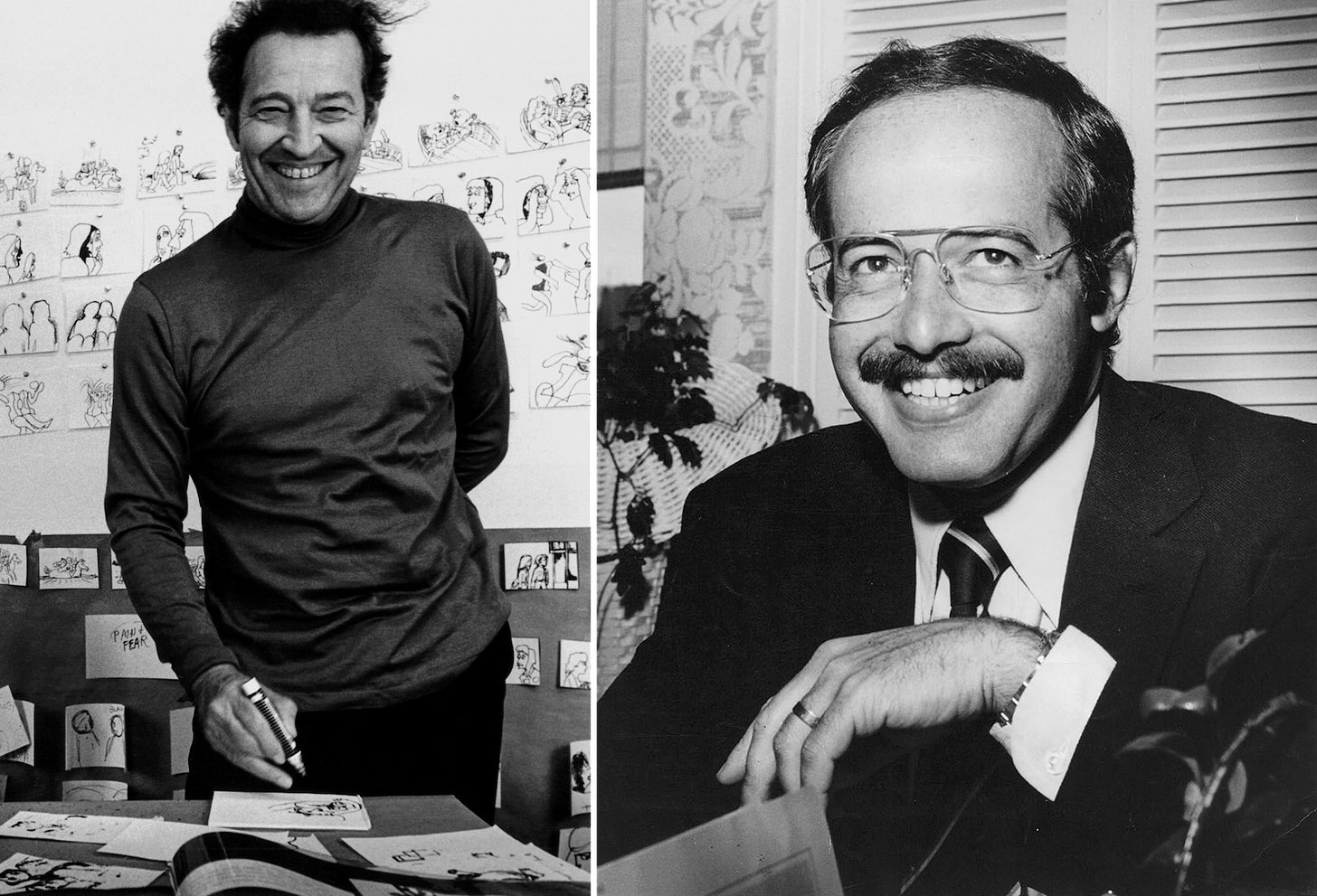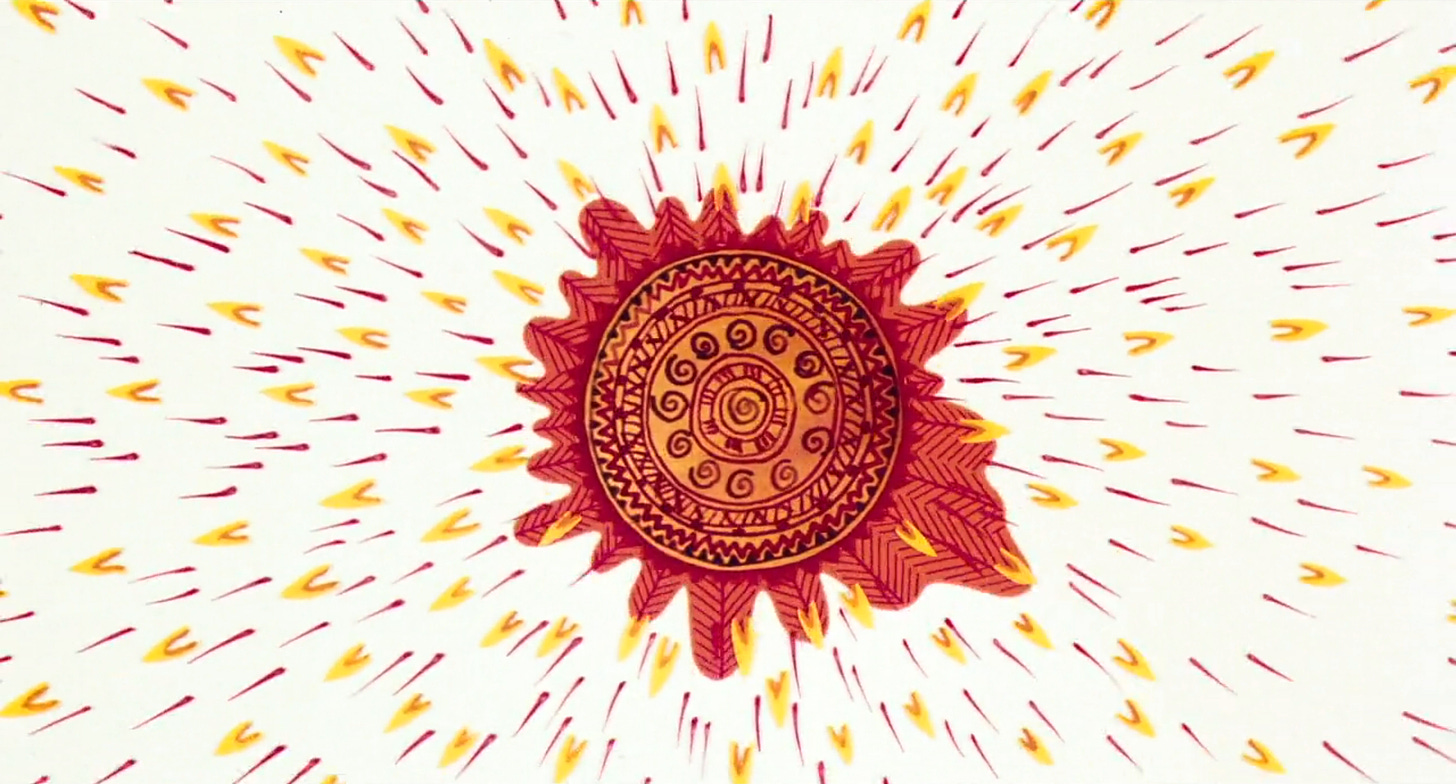Welcome! We’re back with a new Thursday edition of Animation Obsessive, and this one’s a bit out of the ordinary for us.
A month ago, we received an email from Andrew Osmond, the animation writer. He’s a seasoned pro who’s been at it much longer than we have — penning books (Satoshi Kon: The Illusionist) and countless articles over the decades. We’ve read his work for years.
After a little back-and-forth, Andrew sent over a pitch: a story on the 1978 film Watership Down. Today, we bring you that story.
We don’t often publish outside writers, but Andrew has compiled an intriguing tale of studio politics, creative differences and dueling personalities. All of it nearly tore Watership Down apart. He drew from a range of sources, even visiting the BFI’s Reuben Library for research.
This is a saga we hadn’t studied closely ourselves — we learned a lot, and we hope you’ll enjoy as well. But we’ll let Andrew take it from here. Let’s go!
Watership Down is returning! At least in Britain, where a 4K restoration will be released in UK and Ireland cinemas from October 25, followed by new home editions. In Britain, the film haunts pop-cultural memory. If Phil Harris singing Bare Necessities conjures up images of a jolly dancing bear, then Art Garfunkel singing Bright Eyes conjures up dismally cowering rabbits, drawn towards a long-eared manifestation of death.
Many discussions of Watership Down revolve around its scary, traumatically bloody scenes, and how on earth it got a “U” rating in Britain in 1978. (It was reclassified as “PG” in 2022.) Among animation superfans and historians, though, Watership Down represents a fight behind the scenes, between two very different men.
One of them was John Hubley, a legend. In the last century, he was among the leading artists who pushed American animation into territory beyond Disney and Warner Brothers. At the UPA studio, he was supervising director on Gerald McBoing-Boing (with director Robert Cannon); he also directed Rooty Toot Toot and helped invent Mr. Magoo. Later, independently, he and his wife Faith Hubley made such beloved films as Moonbird.
But Watership Down wouldn’t be one of John Hubley’s triumphs. He was recruited to direct the film almost at the end of his career, with 40 years of animation behind him. Once involved, he butted heads with a film and stage producer, Martin Rosen, who’d never worked in animation before.
After little more than a year, Hubley would be thrown off the film, with Rosen taking over the directing himself. How did their partnership fall apart so badly?

Keep reading with a 7-day free trial
Subscribe to Animation Obsessive to keep reading this post and get 7 days of free access to the full post archives.



